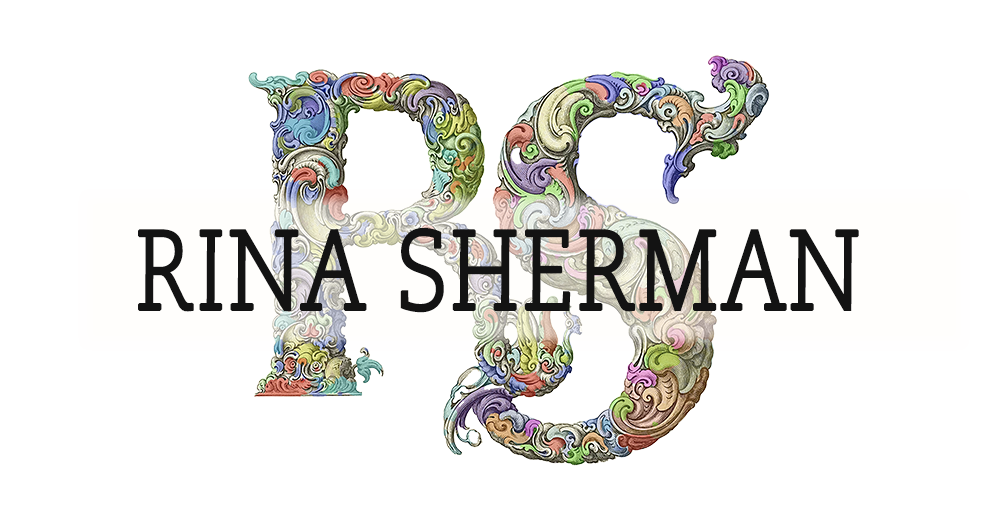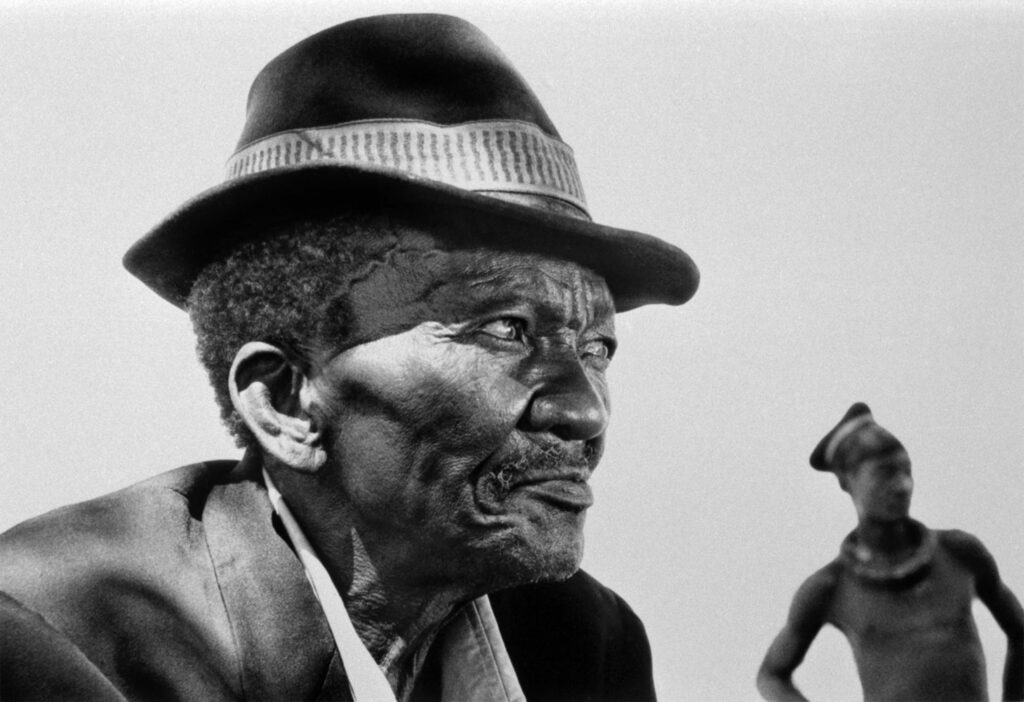Ovahimba Portraits
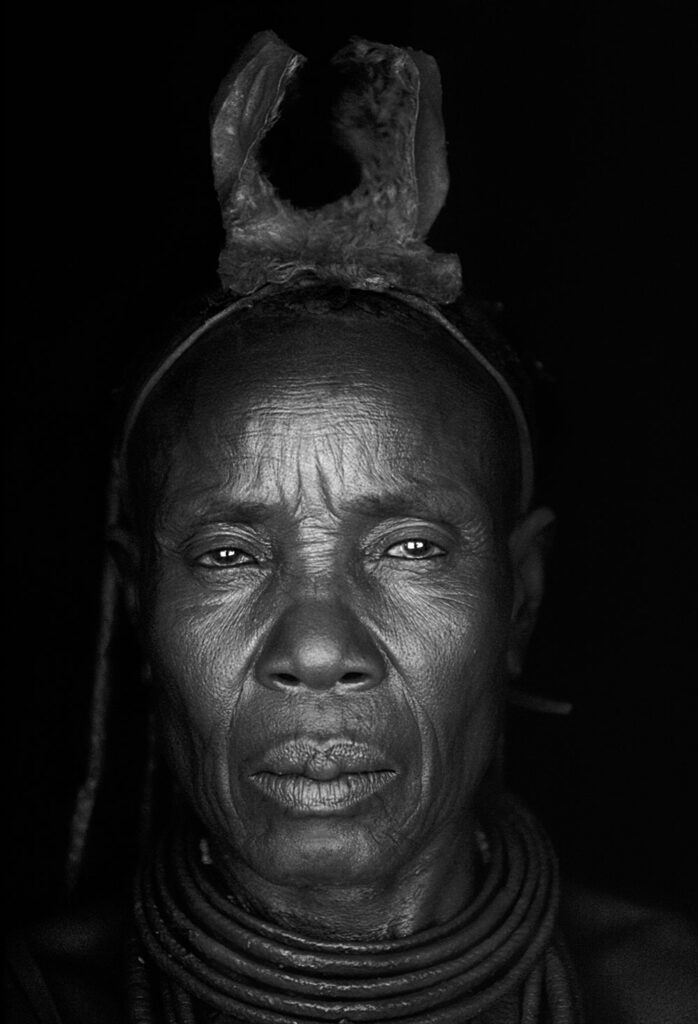
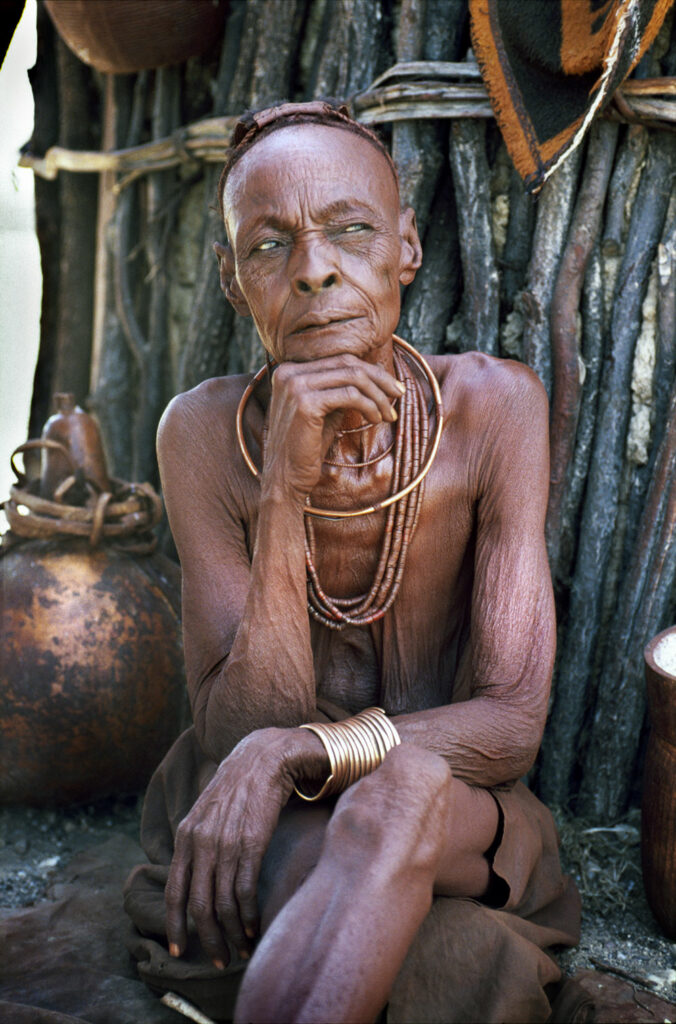
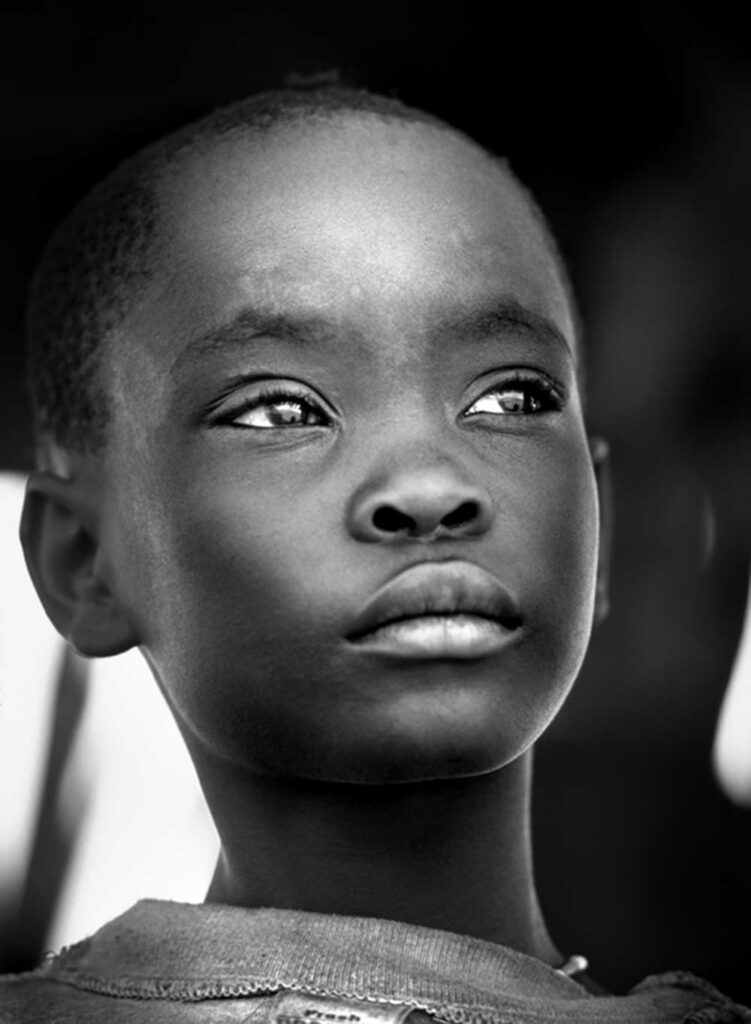
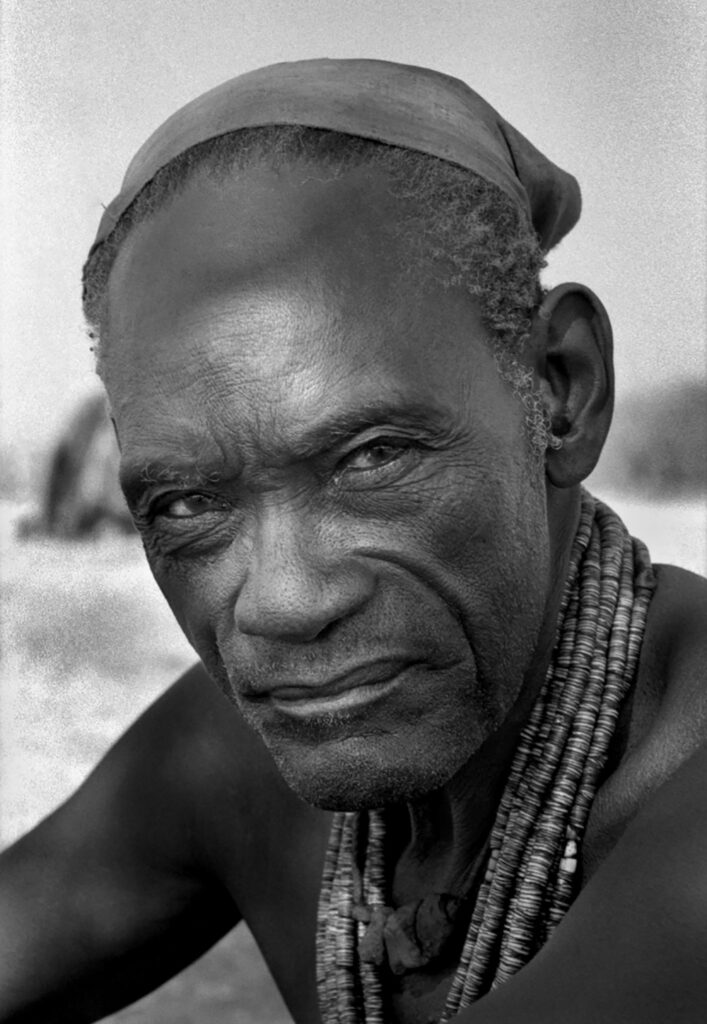
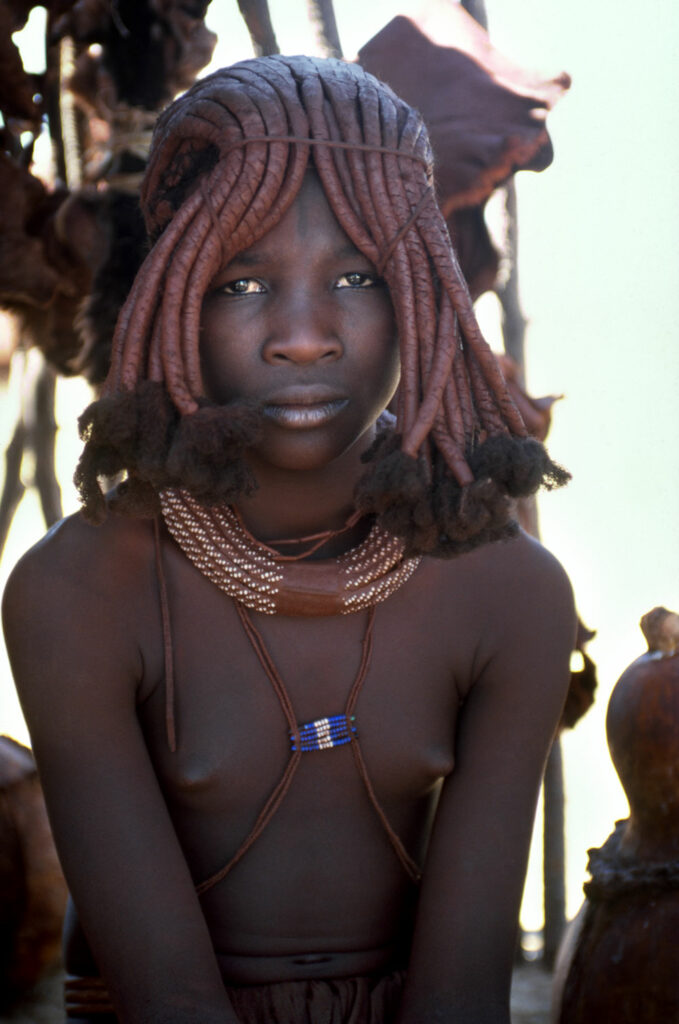
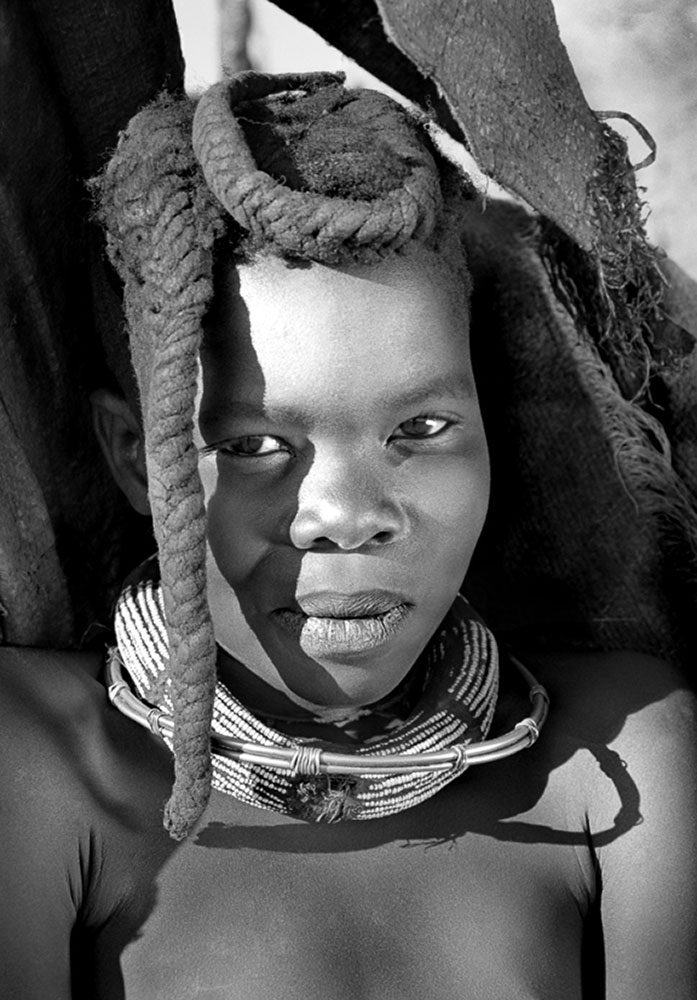
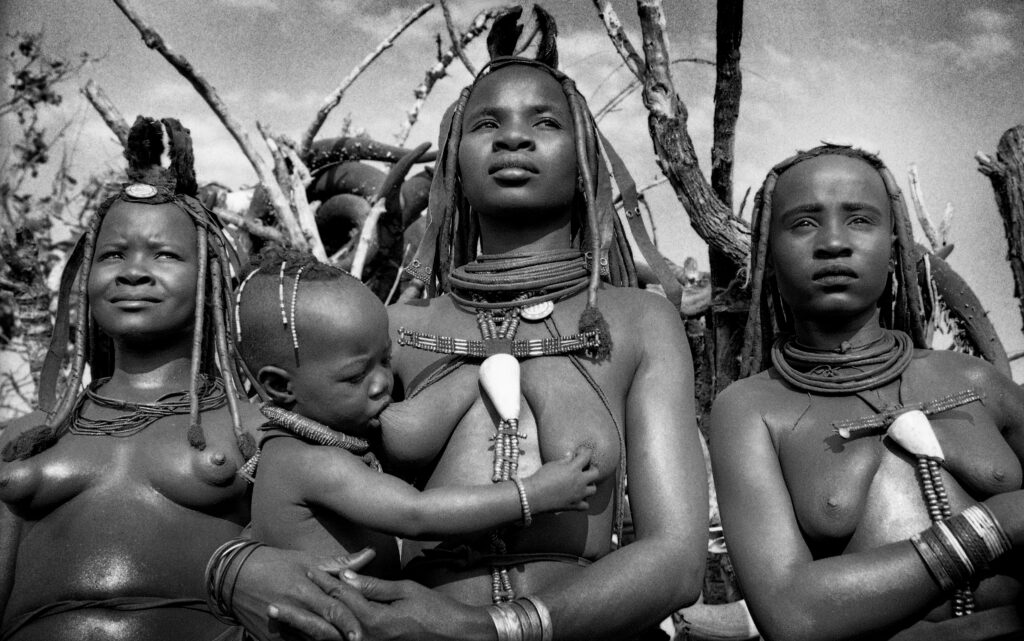
Jeunes femmes et enfant, domaine familial de Vetamuna devant la tombe du rois défunt, Etanga, Kunene Nord, Namibie, 2001
« Les années Ovahimba / Rina Sherman » – BnF, collection du « Fonds Rina Sherman Files »
Pendant le tournage du film, Shake Your Brains – Secoue ton cerveau – Kurakurisa Ouruvi, sur l’abus d’alcool dans la région de Kunene en Namibie, à Ehomba, nous avons rencontré M. Jan van der Merwe, descendant d’un écuyer d’un des Dorslandtrekkers, qui a laissé son ouvrier dans la ville frontalière d’Opuwo lors de son voyage de retour vers la Namibie ou l’Afrique du Sud en revenant de l’Angola. D’origine SeTswana, il parlait parfaitement l’afrikaans et, une fois la caméra orientée sur lui, m’a dit : « Vous nous avez d’abord apporté de l’alcool, du tabac et du sucre pour obtenir de nous ce que vous vouliez, et maintenant vous revenez nous dire que nous devons arrêter de boire, de fumer et de manger du sucre. Mais, que nous donnez-vous à la place ? »
During the making of the film, Shake Your Brains – Secoue ton cerveau – Kurakurisa Ouruvi, about alcohol abuse in the Kunene Region of Namibia, at Ehomba we met with Mr Jan van der Merwe, a descendant of a batman of the Dorslandtrekker, who left their worker behind in the border town of Opuwo on their trek back to Namibia and South Africa from Angola. Of SeTswana descent, he spoke perfect Afrikaans, and once the camera started rolling, he said to me: « You first brought us alcohol, tobacco and sugar to get from us what you wanted, now you come back and tell us we must stop drinking, smoking and eating sugar. But what are you giving us instead? »
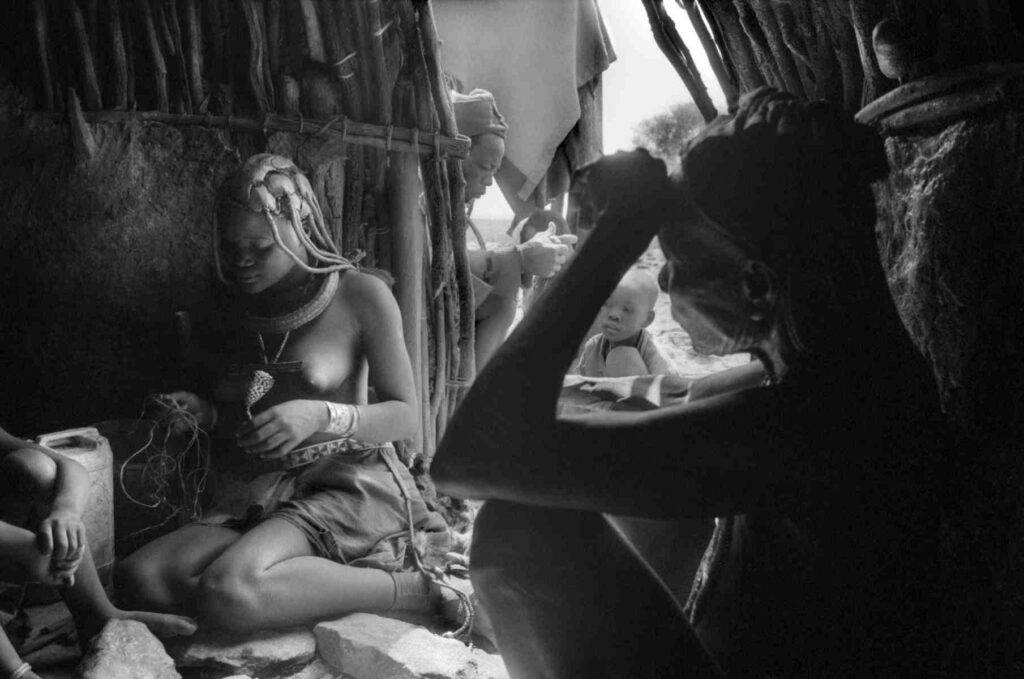
Portrait de la famille du roi défunt, oHere, Etanga, Kunene Nord, Namibie, 2004
Au premier plan : Kazinguruka, épouse du roi ou Omukurukaze (vieille mère). Enfant adoptée du Roi, je ne peux le nommer. Pour des portraits de famille, j’aime toujours composer la vie dans sa totalité, comme ici, avec plusieurs registres : l’épouse du roi en deuil, à gauche, les jeunes femmes en train de réparer leur parure, dehors, les hommes à l’arrêt entre la bergerie et la rivière pour apporter et prendre des nouvelles. Les années Ovahimba / Rina Sherman – BnF, collection du Fonds Rina Sherman Files.
Cette photographie est pour moi un exemple de l’idéal que j’ai toujours cherché à présenter la vie comme un tout, à partager la vie comme un fait social total, avec plusieurs niveaux de réflexion, en regardant les gens et les choses de près, pour montrer de petits détails, à mi-distance pour montrer simultanément ce qui se passe ailleurs, et de loin d’un point de vue général pour fournir un contexte global de la scène sur laquelle je travaille. Ici, nous voyons de près la femme du roi, à mi-distance, à l’intérieur de la maison, les petits-enfants, dont une jeune femme qui travaille à sa tenue, et juste à l’extérieur, le gendre et un arrière-petit-fils qui font une courte halte à mi-chemin à la ferme pour partager les nouvelles sur leur chemin entre la gergerie et les puits creusés dans le sable des lits des rivières asséchées en contrebas de la maison.
Portrait of the family of the deceased king, oHere, Etanga, North Kunene, Namibia, 2004
In the foreground: Kazinguruka, the King’s wife or Omukurukaze (old mother). As the King’s adopted child, I cannot name him. For family portraits, I always like to compose life in its entirety, as here, with several registers: the King’s wife in mourning, on the left, the young women repairing their finery, outside, the men stopping between the sheepfold and the river to bring and take news. The Ovahimba years / Rina Sherman – BnF, Fonds Rina Sherman Files collection
This photograph is for me an example of my ideal ever sought to present life as a whole, to share life as total social fact, with multi-layered levels of reflection, looking at people and things up close, to show small details, from a mid-distance to simultaneaously show what else is going on, and from afar for a general point of view to provide an overall context of the scene on which I am working. Here we see up close the King’s wife, in the mid distance, inside the home, the grand children, of which a young woman working on her attire, and just outside, the son-in-law and a great grand-child son on a short halfway stop at the homestead to share the latest news on their way from cattle post to the wells dug out in the sand of the dry river beds down below the home.
